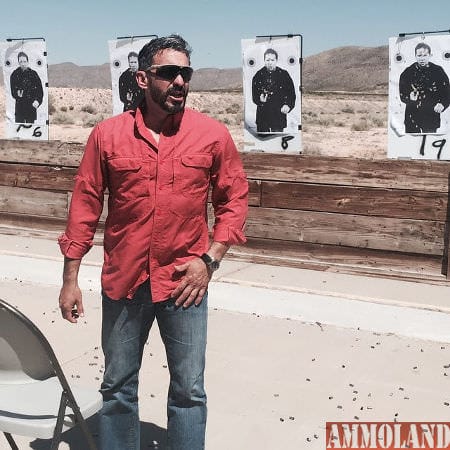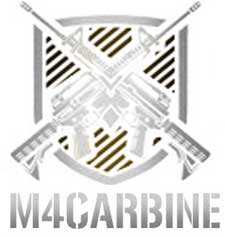

Strasburg, OH -(Ammoland.com)- Here’s an observation: at a certain point in firearms training your cup fills up with new material and you reach an overload condition.
It’s not that you weren’t paying attention or applying the material, it just didn’t stick with you.
A full plate
There are a lot of reasons for this, and the most common reason is that you are tackling several changes to your technique or programming. Then, the next time you have the same exposure, you come across something that seems so simple.
Now, you’re blown away with how you missed it on the first go around. It is all too common.
So how do you deal with training overload, particularly when it comes to guns?
Prioritizing your learning
Honestly, you really can’t. You can only take on so much material. Therefore, the best strategy is to acknowledge you are not going to take away every bit of new material; but, you are going to take away the most important to your development. That means you have to prioritize what are the most important things for you to take away, and you have to know what you are looking to improve or sustain. This refers back to that skill’s assessment and training plan thing.
Focus on the front sight
We break things down into what is essential and enhances your skill development. If something is essential, you cannot progress to the next level until you have gained some level of proficiency, as it is tied to the overall program. If it is enhancing, then it will only enhance your overall technique without diminishing the essential components. From there, you concentrate your learning and attention on any of the lessons, drills, or briefs that have to deal with the material you have predefined as essential to your goals. If they support or are part of your overall goals then you make it a point to step it up a notch. Everything else that is going to enhance your overall skills is nice but subordinate to those that are essential.
Saturation training
That is one of the huge benefits to repeating classes as opposed to trying to ascend some sort of training hierarchy. There is always that nugget of knowledge that seems so simple or as plain as the nose on your face which you missed the first time that jumps out at you. Don’t get me wrong—at some point, you must continue to progress in the training hierarchy, but before you do, you should make sure that you have reached the minimum level of proficiency. That way the progression is much more valuable and what we consider being true saturation training
Simple is good
So back to the student’s observation. He was blown away by the simple concept of elevating the pistol up to his sight line early and extending it out through the centerline. His comment was: he was able to get on his sights much quicker and consistently produce more reliable hits. That is what it is all about, consistently hitting the target under as many different conditions as possible. This is a common experience for many new shooters. They are so overwhelmed with the newness to shooting it makes it hard to focus on what is important. It might seem difficult at the time, but more exposure opens up a smoother pathway for your development. The really hard part as someone new is trying to figure out what is enhancing. Spending time evaluating your skills so you know what works and what doesn’t is important, but the first step is defining your goal—and that is for another blog.
Our training programs have a central focus on the essential skills then we add enhancing skills to round out the student. Make sure you don’t focus so much of your training on the enhancing skills that you overlook the essential ones.
V/R,
Jeff Gonzales, President
Trident Concepts, LLC
Si Vis Pacem, Para Bellum
Follow Jeff Online:
TRICON engineering peak performance, creator of TACOST Training Program
About M4Carbine.Net:
M4Carbine.Net is a Technical and Professional discussion forums for enthusiasts of the M4and AR15 family of weapons. For more information, visit: https://www.m4carbine.net/.
